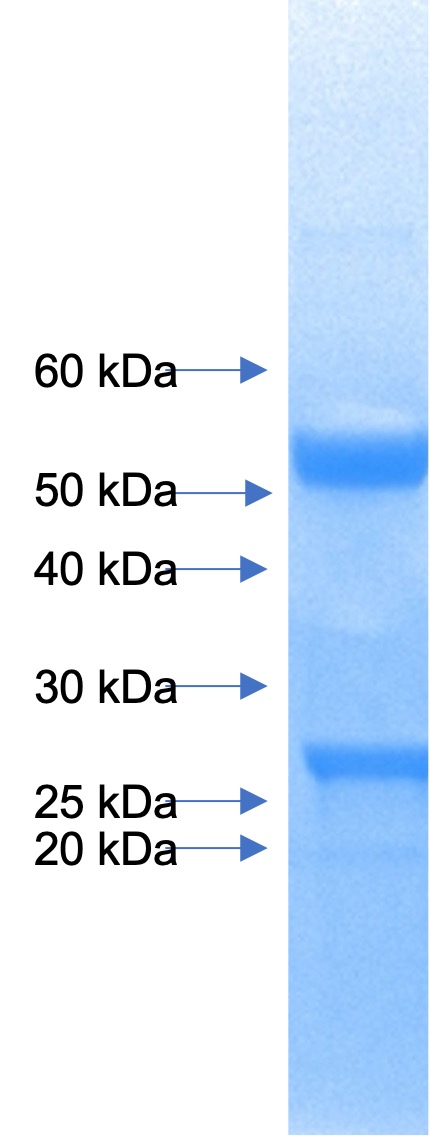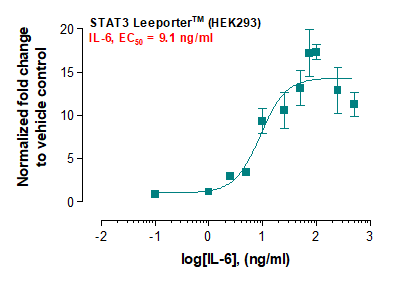Recombinant Human Leukemia Inhibitory Factor/LIF
Shipping Info:
For estimated delivery dates, please contact us at [email protected]
| Amount : | 50 µg |
| Content : | Lyophilized from a 0.2 um filtered solution of 20mM PB, 150mM NaCl, 0.02% Tween 20, pH 7.4 |
| AA sequence : | Recombinant Human Leukemia Inhibitory Factor is produced by our E.coli expression system and the target gene encoding Ser23-Phe202 is expressed. |
| Alternative Name : | Leukemia Inhibitory Factor; LIF; Differentiation-Stimulating Factor; D Factor; Melanoma-Derived LPL Inhibitor; MLPLI; Emfilermin; LIF; HILDA |
Source : E.coli;
Leukemia inhibitory factor (LIF) is a pleiotropic glycoprotein that is a member of the IL-6 family of cytokines. LIF is involved in growth promotion and cell differentiation of different types of target cells, influence on bone metabolism, cachexia, neural development, and embryogenesis and inflammation. LIF has potent proinflammatory property. It acts as the inducer of the acute phase protein synthesis and can regulate the cell recruitment into the area of damage or inflammation. LIF is also one of the cytokines that are capable to regulate the differentiation of embryonic stem cells, hematopoietic and neuronal cells. LIF binds to the specific LIF receptor which forms a heterodimer with a specific subunit common to all members of that family of receptors, the GP13 signal transducing subunit. Because of its polyfunctional activities, LIF is studied in the pathogenic events and development of many diseases of various origin.
Leukemia inhibitory factor (LIF) is a pleiotropic glycoprotein that is a member of the IL-6 family of cytokines. LIF is involved in growth promotion and cell differentiation of different types of target cells, influence on bone metabolism, cachexia, neural development, and embryogenesis and inflammation. LIF has potent proinflammatory property. It acts as the inducer of the acute phase protein synthesis and can regulate the cell recruitment into the area of damage or inflammation. LIF is also one of the cytokines that are capable to regulate the differentiation of embryonic stem cells, hematopoietic and neuronal cells. LIF binds to the specific LIF receptor which forms a heterodimer with a specific subunit common to all members of that family of receptors, the GP13 signal transducing subunit. Because of its polyfunctional activities, LIF is studied in the pathogenic events and development of many diseases of various origin.
|
There are currently no product reviews
|















.png)










